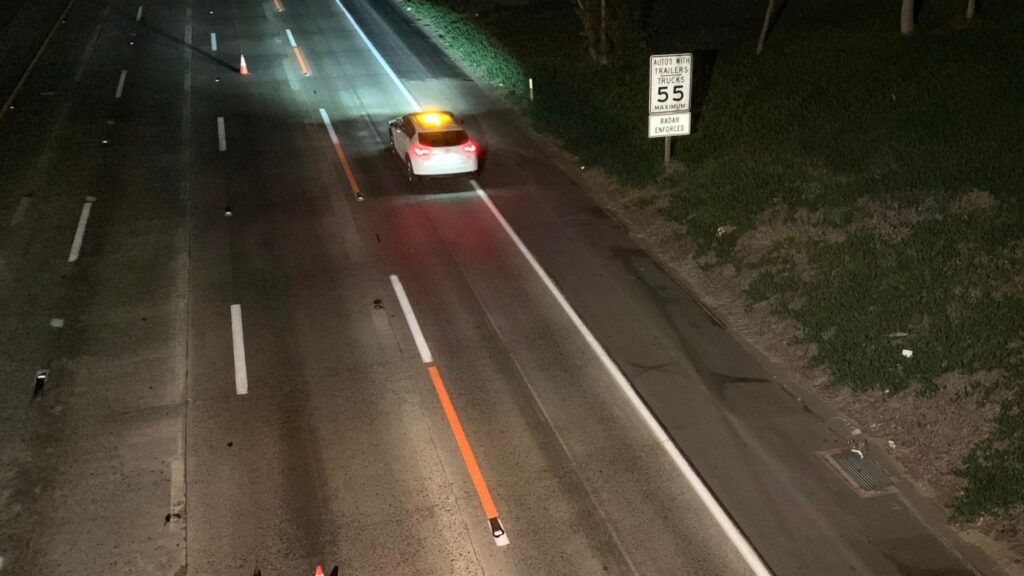
Q. Honk, at the park and ride lot in Irvine near the 5 Freeway at Jeffrey Road there are numerous RVs and big rigs parked for extended periods of time. Is Caltrans leasing out space to cover its debt, or is this an enforcement issue?
– Michael Neben, Irvine
A. Looking at his tax bill, Honk figures he alone covers Caltrans’ budget.
No, the state isn’t getting any cash from such folks parking there, and, yes, perhaps their vehicles should be elsewhere – unless they are commuters.
Park and ride lots are supposed to be just for those who park there to share rides, such as employees in a vanpool or anyone in a carpool arrangement, “and are not intended for residential, commercial or long-term parking,” said Nathan Abler, a Caltrans spokesman.
Under the California Vehicle Code, he pointed out, vehicles in many situations can often be towed after 72 hours. Further, Abler said, “the effective vehicle storage of commercial trucks is forbidden within state park and ride facilities.”
Caltrans, he said, works with the California Highway Patrol to combat such violations.
The public doesn’t need to rely on Caltrans to root out wrongdoing.
“If someone believes a vehicle is in violation of these ordinances, we suggest they call their local CHP non-emergency line,” Abler said.
In the Irvine lot, the phone number is posted. Or, anyone can Google around to find the number for the closest CHP station house.
In Orange County alone, there are nine park and ride lots overseen by Caltrans. Because they are state facilities, the CHP is the policing agency for them.
Related Articles
When the 405 Express Lanes open up, some motorists will avoid the toll
How will TSA know it is you if your hair is purple and your Real ID says it is blonde?
91 Freeway commuters getting back large American flag
Does pushing the walk button more than once change the traffic signals quicker?
Q. I noticed that for a while on the 5 Freeway through Carlsbad the lanes use different striping, orange and white – why this color pattern? The 5 Freeway had been under construction for a very long time in this area. I was under the assumption that striping is very specific to California roads.
– Dennis Crane, Costa Mesa
A. You are correct, Dennis, and even Uncle Sam insists that lane markings are a certain way so motorists traveling the country don’t get confused.
That striping was an experiment, to see if it will help make drivers more aware – after posted signs – that they are in a construction zone and get more of them to slow down.
In California’s first look at the strategy, two patterns were tested: alternating white and orange stripes, and a white stripe with orange borders.
Canada, New Zealand, Wisconsin, Texas and Kentucky have tried out their own versions. San Diego County’s orange-and-white striping was removed last month, but you certainly might see that color pattern appear elsewhere.
Orange-and-white striping could become a regular sight in construction zones in the state – if not the nation.
“It’s looking pretty promising, too,” said Steve Welborn, a Caltrans spokesman for San Diego County.
To ask Honk questions, reach him at honk@ocregister.com. He only answers those that are published. To see Honk online: ocregister.com/tag/honk. Twitter: @OCRegisterHonk
